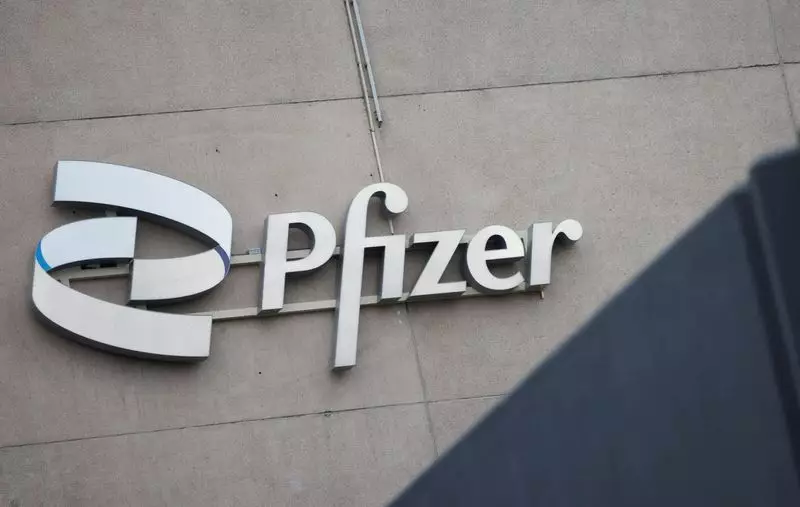The recent announcement from Pfizer to withdraw its treatment for sickle cell disease has sent ripples through the pharmaceutical landscape, eliciting varied reactions from market analysts and stakeholders alike. This development is not just significant for Pfizer but has broader implications for the future of sickle cell disease therapies, potentially accelerating the progress of alternative treatments that had previously been overshadowed.
Pfizer’s decision to pull its sickle cell drug, Oxbryta, follows troubling safety concerns highlighted by the European Medicines Agency (EMA) regarding mortality rates in clinical trials. This move marks an important turning point, as the decision has sparked speculation among analysts about the potential benefits for competing therapies. Specifically, treatments such as Agios Pharmaceuticals’ mitapivat and Fulcrum Therapeutics’ pociredir may find new opportunities for accelerated trials and regulatory reviews. Investors responded positively, with shares of Agios and Fulcrum experiencing noticeable increases shortly after the news broke.
By removing Oxbryta from the market, patients with mild-to-moderate symptoms—a demographic that largely benefited from the drug—are once again left with limited options. Hydroxyurea, a traditional chemotherapy agent, will likely revert to being the primary treatment. The near monopolization of this older treatment raises questions about its efficacy and safety in a patient population that has been waiting for more specialized therapies.
The situation presents a double-edged sword. While Pfizer’s retraction points to safety concerns that could prompt swifter regulatory action for rivals, it also opens the door for patient accessibility issues. Analysts suggest that the absence of established treatments like Oxbryta may invigorate the recruitment process for ongoing clinical trials, a critical aspect of drug development that has often faced delays. For instance, Fulcrum had previously encountered hurdles with patient enrollments, and the urgency for alternatives could ease those challenges.
Moreover, the spotlight is now on mitapivat. Should data emerge supporting its efficacy in reducing painful episodes associated with sickle cell disease, it could significantly shorten the regulatory timeline due to heightened demand among patients. As Christopher J. Raymond from Piper Sandler notes, this newfound urgency could create a more favorable environment for regulatory agencies to expedite reviews for the potential life-changing treatment.
Business sentiment toward Pfizer has soured recently, with investors becoming increasingly wary of the company’s ability to navigate shifting market conditions. The broader downturn in sales related to COVID-19 vaccines and other drugs has placed considerable pressure on the pharmaceutical giant. The company’s stock is now trading at roughly half its pandemic era heights, leading to growing concerns over its strategic trajectory.
Pfizer’s acquisition of Global Blood Therapeutics for $5.4 billion, intended to bolster its sickle cell franchise, now appears to be a costly misstep. The rapid withdrawal from the market raises questions about the due diligence processes in place during such high-stake acquisitions—particularly in areas with inherent biological complexities like sickle cell disease, where treatment efficacy and safety must be thoroughly understood.
In navigating these challenges, it is important to note that sickle cell disease remains a critical health issue affecting approximately 100,000 individuals in the United States, predominantly impacting the Black community. Amid the uncertainty brought about by Pfizer’s withdrawal, the simultaneous advances in gene therapies like bluebird bio’s Lyfgenia and Vertex’s Casgevy could offer bright spots for patients with severe manifestations of the disease. These gene therapies, while not immediate solutions for all patients, represent innovative steps that could redefine treatment modalities in the coming years.
Ultimately, the recent withdrawal of Oxbryta not only reshapes the competitive dynamics among sickle cell treatments but also underscores the market’s need for reliable therapies that strike a balance between efficacy and safety. As patients await new options, the pharmaceutical industry must rise to the occasion, ensuring that crucial therapies are developed efficiently and responsibly.

